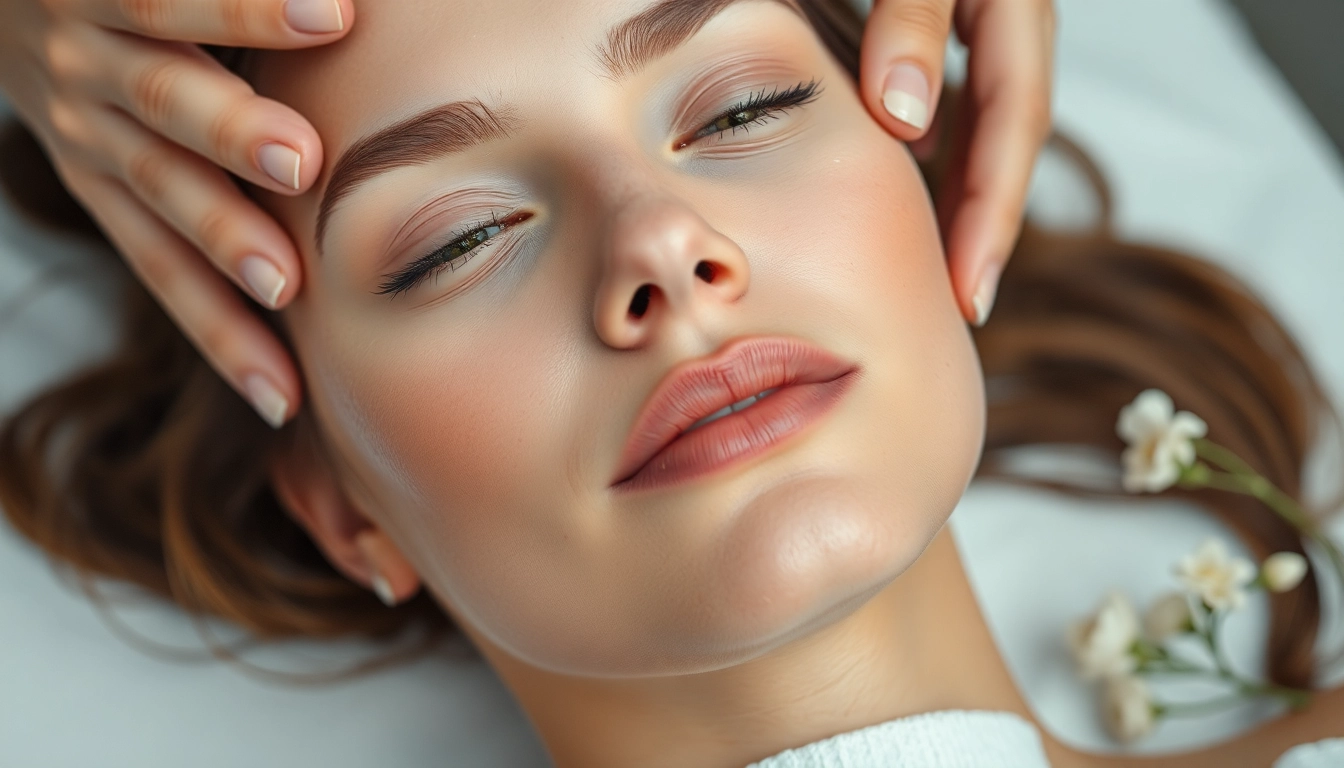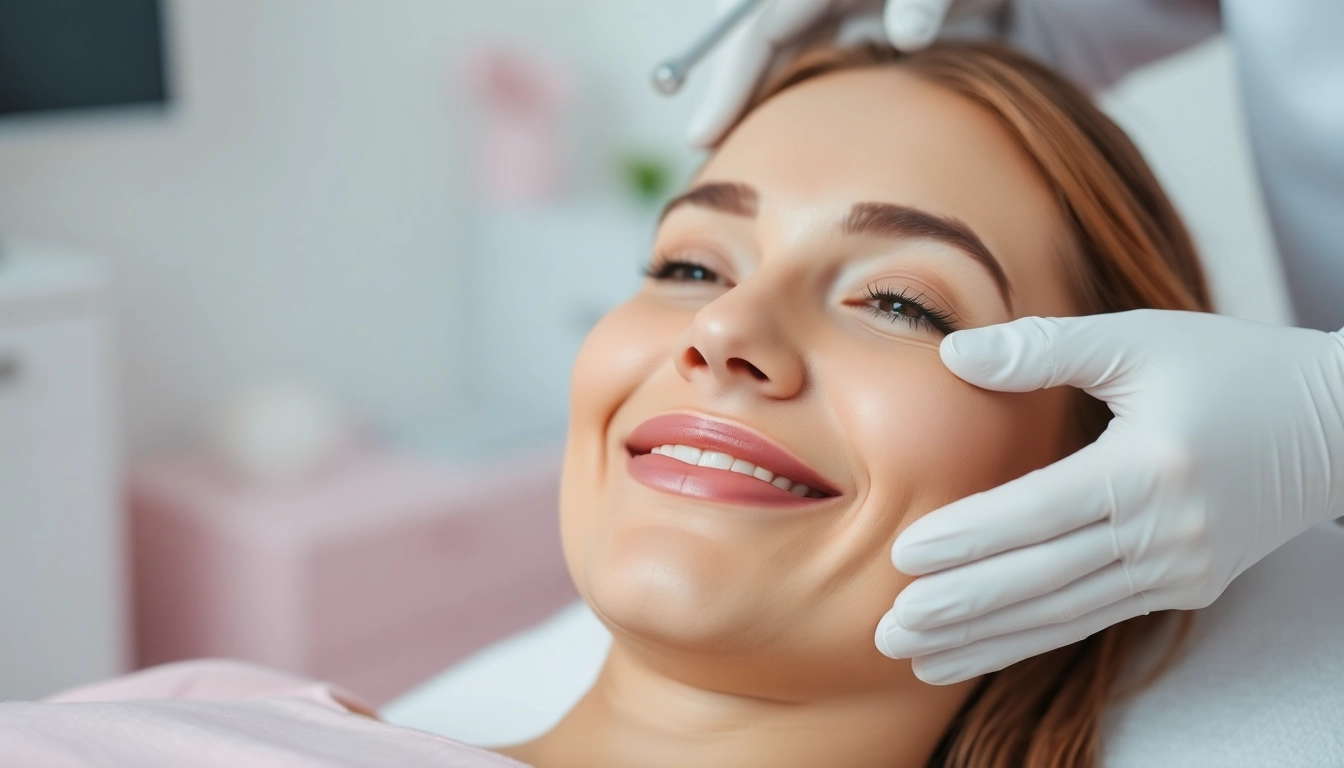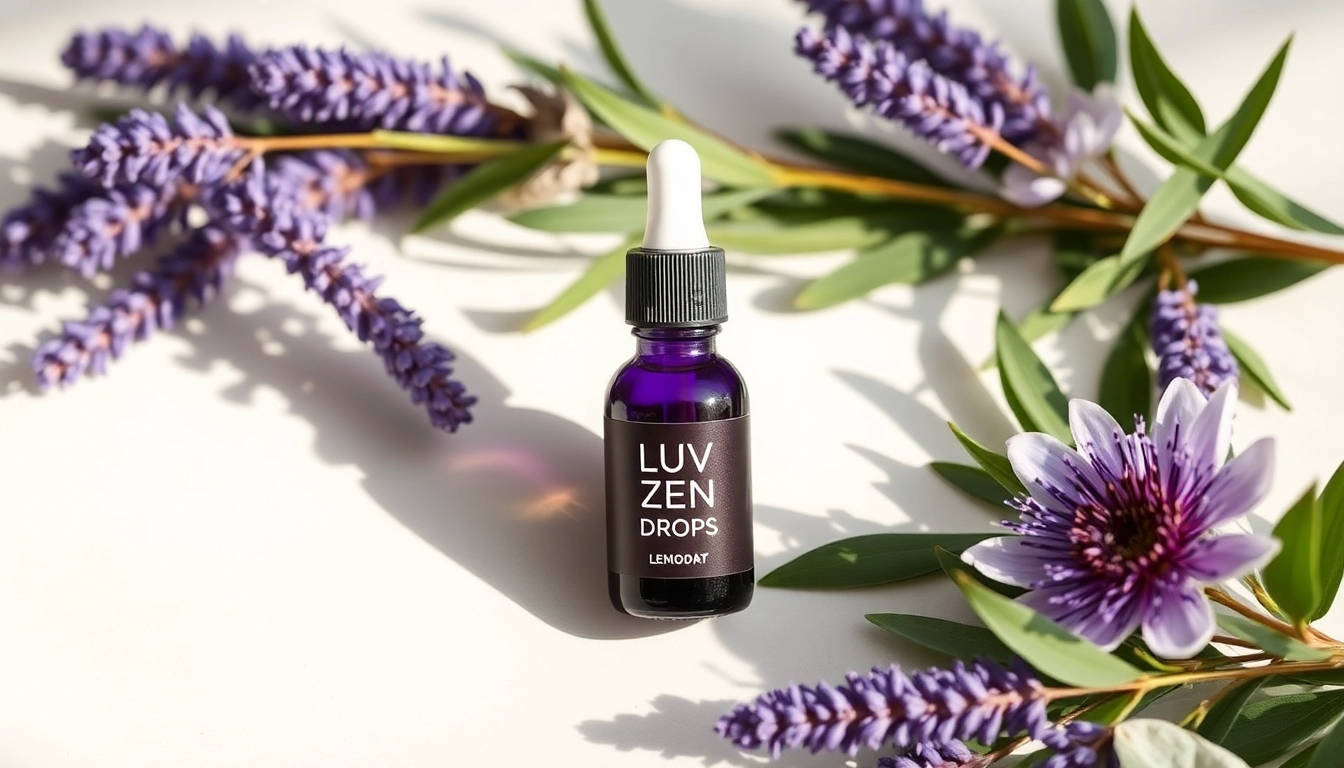1. Introduction to Aesthetic Treatments
1.1 What is Aesthetic Treatment?
Aesthetic treatments are procedures designed to improve an individual’s appearance through medical means, often aimed at enhancing beauty or restoring youthful qualities. These treatments can encompass both surgical and non-surgical methods, allowing for great flexibility in addressing various aesthetic concerns. The rise of non-invasive procedures, such as Botox and dermal fillers, has made these treatments accessible to a larger audience, enabling patients to achieve their desired look without significant downtime.
1.2 Growing Trends in Aesthetic Medicine
In recent years, aesthetic medicine has seen a surge in popularity, driven by advances in technology, research, and a cultural shift towards self-care and wellness. Patients are increasingly looking for solutions that offer minimal disruption to their daily lives. Innovative methods like injectable therapies, skin rejuvenation techniques, and personalized skincare regimens are gaining traction. Moreover, the clientele for these treatments is becoming more diverse, including not only women but also an increasing number of men seeking aesthetic improvements.
1.3 Patient Opinions and Experiences
Patient experiences shape the landscape of aesthetic medicine significantly. Testimonials, before-and-after photos, and online reviews create a wealth of information for potential clients. Many existing patients report enhanced self-confidence and satisfaction with their appearance post-treatment, contributing to the increasing acceptance and desire for aesthetic enhancements. According to a recent survey, 85% of patients expressed a favorable view of aesthetic treatments after undergoing procedures.
2. Common Treatments and Methods
2.1 Botox: What You Should Know
Botox, or Botulinum toxin, remains one of the most popular cosmetic procedures, widely recognized for its effectiveness in treating wrinkles and fine lines. The treatment involves the injection of a purified protein that temporarily paralyzes the facial muscles responsible for wrinkle formation. This non-surgical intervention offers a quick solution for those seeking to rejuvenate their appearance without the risks associated with more invasive procedures.
2.2 Hyaluronic Acid vs. Botulinum Toxin
While Botox excels in reducing muscle-related wrinkles, hyaluronic acid fillers serve a different purpose by adding volume to areas that have lost fullness due to aging. Understanding the distinctions between these treatments is crucial for patients to tailor their aesthetic goals. A combination of both may yield optimal results for individuals looking to address multiple aspects of aging simultaneously. The choice between these treatments depends on factors such as the extent of wrinkles, volume loss, and the patient’s aesthetic goals.
2.3 Combination of Aesthetic Procedures
Combining multiple aesthetic treatments has become a common practice to achieve comprehensive rejuvenation. For instance, several patients opt for a combination of Botox and dermal fillers to enhance their appearance effectively. This multi-faceted approach allows practitioners to address various concerns effectively, such as volumizing the face while simultaneously smoothing out wrinkles. Furthermore, incorporating skincare regimes can amplify and maintain results.
3. Understanding the Treatment Experience
3.1 Pre-Treatment: Consultation and Analysis
Prior to any treatment, a comprehensive consultation is crucial. This is the stage where practitioners assess the patient’s needs, history, and overall aesthetic goals. A thorough skin analysis may be performed to determine the best treatment plan tailored specifically for the individual. Factors such as skin type, age, and desired outcomes will guide the treatment selections, ensuring patient safety and satisfaction.
3.2 The Treatment Process
The aesthetic treatment process itself is typically straightforward. For Botox injections, the procedure usually takes less than 30 minutes and involves several strategically placed injections. Patients may receive advice to avoid certain medications, like aspirin, to minimize bruising. The use of ultrafine needles enhances comfort, and many patients describe the sensation as minimal or comparable to a slight pinch. As noted by numerous clinics, including Behandlung centers, the immediate results can be observed within days, significantly enhancing patient satisfaction.
3.3 Aftercare and Long-Term Results
Post-treatment care is essential for optimizing results and minimizing side effects. Patients are typically instructed to avoid rigorous exercise and excessive sun exposure for a short period post-injection. Results generally last between three to six months, with follow-ups recommended to maintain aesthetic improvements. A proper aftercare routine, coupled with professional guidance, can sustain results longer and further preserve skin health.
4. Frequently Asked Questions About Treatment
4.1 Which Areas Are Best Suited for Treatment?
Popular treatment areas for Botox include the forehead, crow’s feet, and frown lines between the eyebrows. Patients may express preferences based on unique facial contours and areas of concern. Personalized assessments during consultations will provide insights into the most effective treatment zones.
4.2 What to Consider? Risks and Contraindications
Patients should be aware of potential risks associated with aesthetic treatments, including swelling, bruising, or temporary asymmetry. Certain medical conditions or medications may contraindicate the use of Botox, such as neurological disorders or blood-thinning medications. During the consultation phase, practitioners will thoroughly review medical histories to mitigate any risks involved.
4.3 Cost Structure and Payment Options
The costs for aesthetic treatments vary based on several factors, including the practitioner’s experience, the location of the clinic, and the complexity of the treatment. In major cities like Zurich, prices for Botox treatments typically range from CHF 100 to CHF 600, depending on the treated area and the number of units required. Patients are advised to inquire about payment plans and potential bundled services during their consultation.
5. Finding the Right Clinic for Your Treatment
5.1 Criteria for Choosing a Clinic
When selecting an aesthetic clinic, several criteria should be considered. Credentials of practitioners, the clinic’s reputation, and patient reviews are pivotal in ensuring quality and safety. Clinics should be transparent about their procedures, offer detailed consultations, and uphold standards of care.
5.2 The Importance of Experience and Trust
Experience plays a significant role in achieving satisfying results in aesthetic treatments. Patients are encouraged to choose clinics that prioritize skilled, certified professionals who continuously engage in training and stay updated with the latest industry developments. Building a trusting relationship with a practitioner fosters open communication and enhances the overall treatment experience.
5.3 How Patient Reviews Are Decisive
Patient evaluations and testimonials can significantly impact a potential client’s decision. Honest feedback reflects the quality of care and results delivered by the clinic. Seeking out reviews on platforms like social media, Google reviews, or dedicated healthcare review sites can help patients gauge the clinic’s reputation and patient satisfaction levels.














Leave a Reply